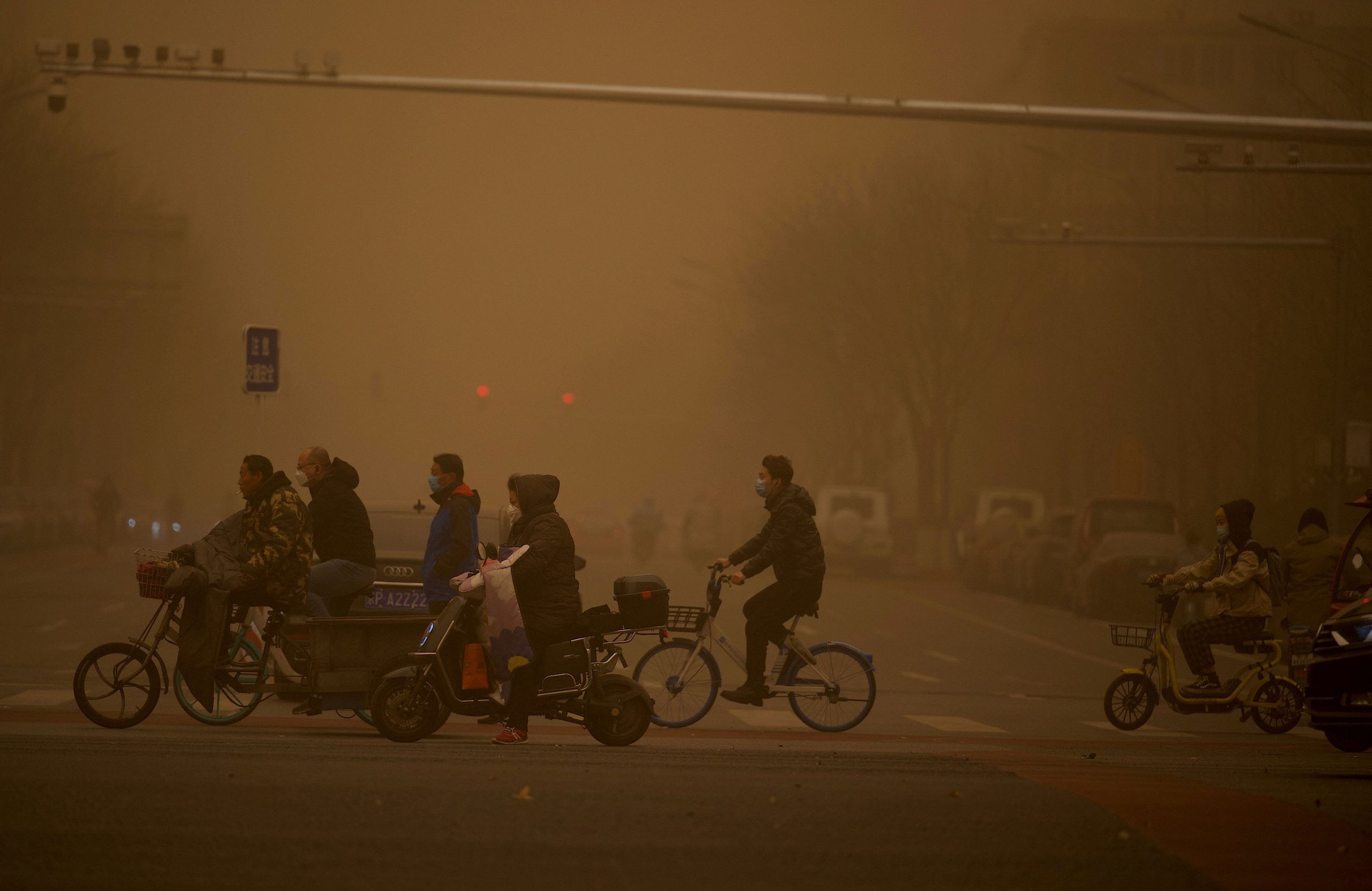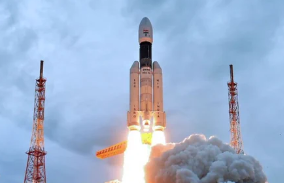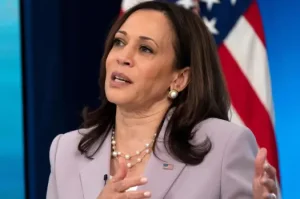It is that
time of the year when Delhi’s air pollution issues get back into focus. According to a study
conducted by IQAir Air in 2019, India is home to twenty-one of the world’s 30
cities with the worst levels of air pollution. Worse still is the fact that six Indian cities are among the top ten.
Also Read – More than 75% children suffering due to Delhi’s air pollution: Study
And the national capital has the worst levels of
air pollution in the country. This is not something that any city should be facing,
let alone the national capital of one of the world’s biggest countries.
As has been
highlighted year after year, the main causes behind this issue are vehicle
exhaust, unregulated functioning of heavy industries, stubble burning in neighboring
states, suspended dust and construction activities amongst others.
Also Read – Bitcoin-mining power plant raises ire of environmentalists
Delhi’s
average PM 2.5 concentration in 2019 stood at 98.6 micrograms per cubic meter
which is the highest for any capital city on Earth.
During the lockdown
imposed on the city during 2020 due to the coronavirus pandemic, the city’s
numbers improved drastically. The air quality index stood at the ‘satisfactory’
mark for the first time in ages. However, since then it has returned to its
usual mark.
An
estimated 35 million tonnes of stubble is set on fire in Punjab, Haryana and
Uttar Pradesh – farming states surrounding Delhi which contribute majorly to the
national capital’s pollution.
While the
pollution burning usually lasts for a period of 45 days, its impact on Delhi
can be seen until February.
Moreover,
with the onset of winter and changing direction of the wind, dust particles are unable
to move and get locked in place. The concentration of pollutants in the air increases, which
results in smog engulfing the overpopulated city.
All of
these factors combine to result in Delhi’s major air pollution issues.
However, the city can still drastically
improve the situation but for that the government will have to take drastic
measures.
While
the Chief Minister Arvind Kejriwal-led government does seem to recognise the problem, they have been
unwilling to take big swings.
Also Read – California oil spill legal fight likely to last years
Beijing is
an example of a city that has managed to improve its air quality dramatically
while managing moderate per capita incomes.







